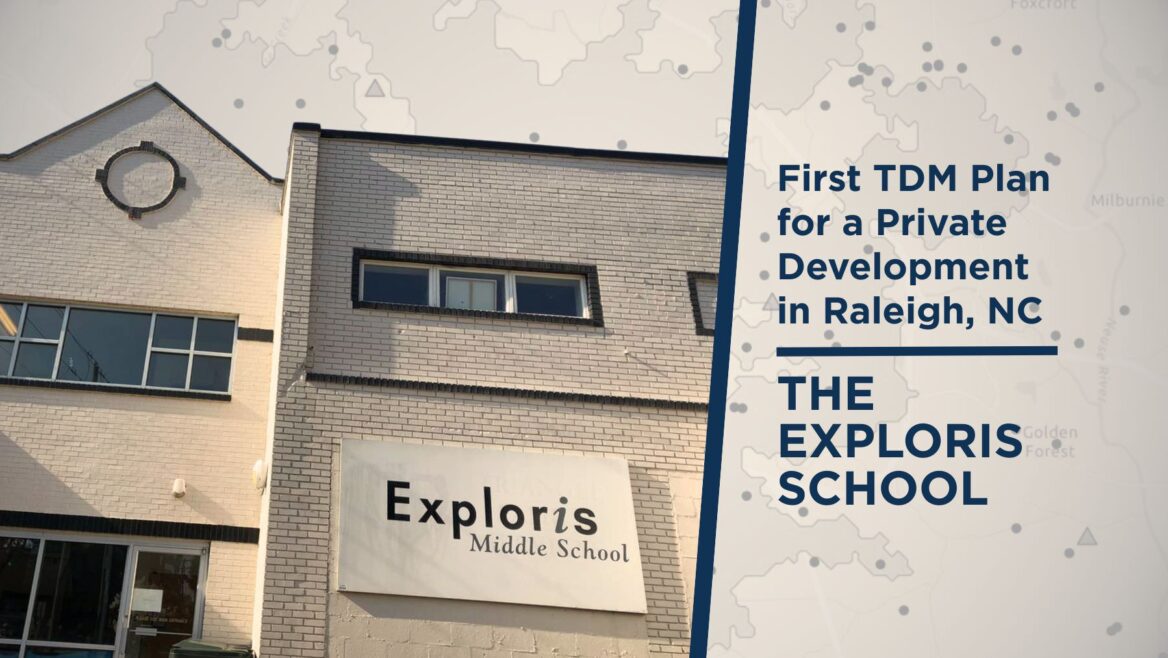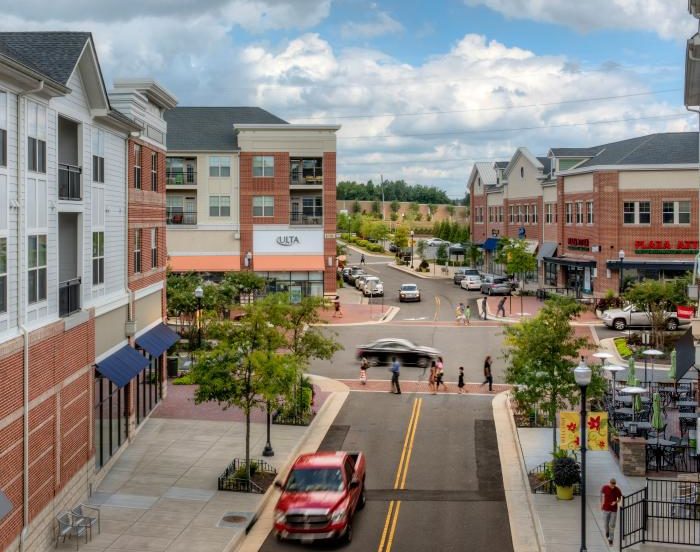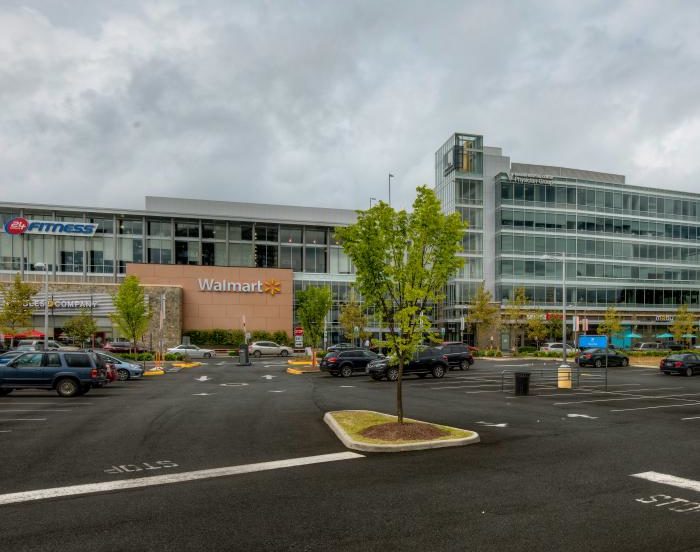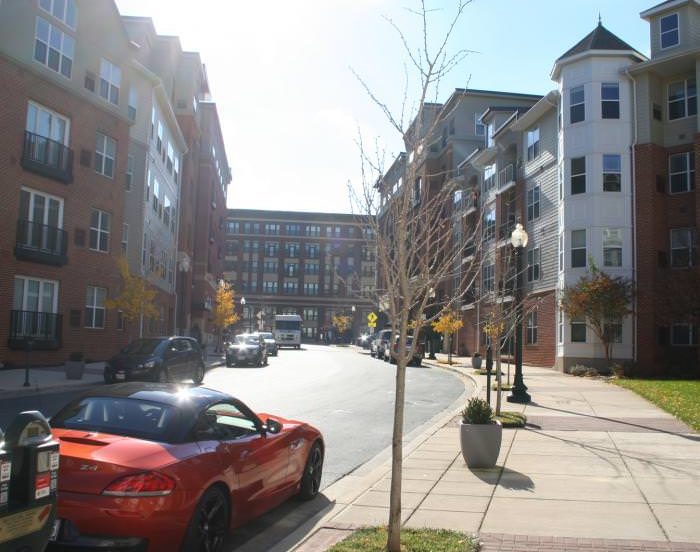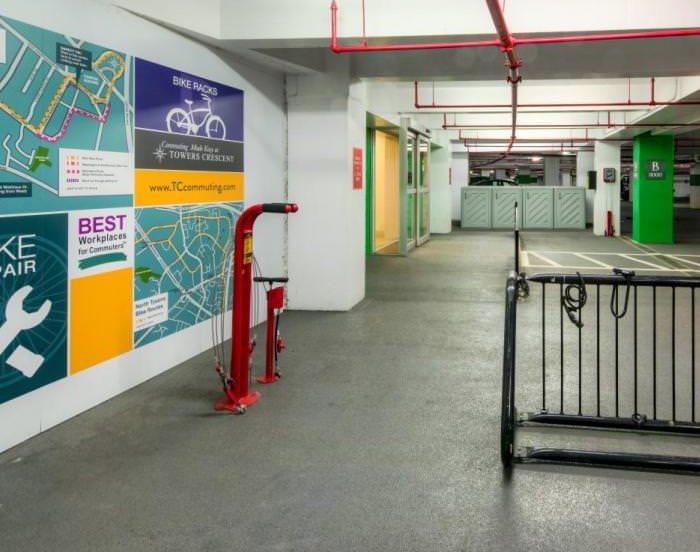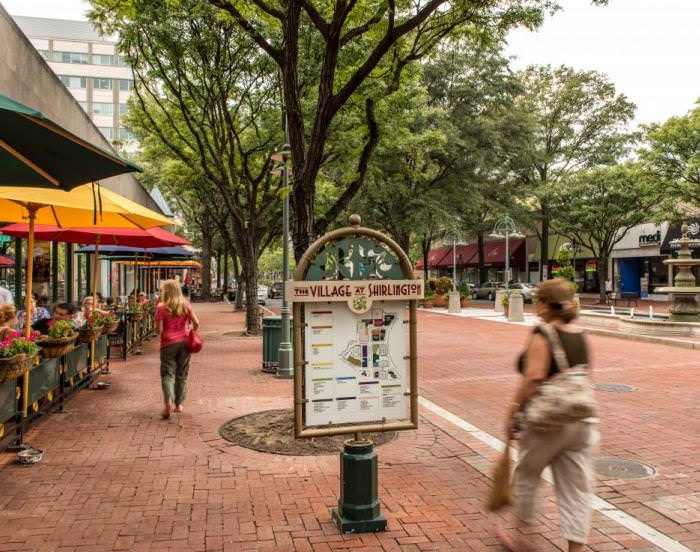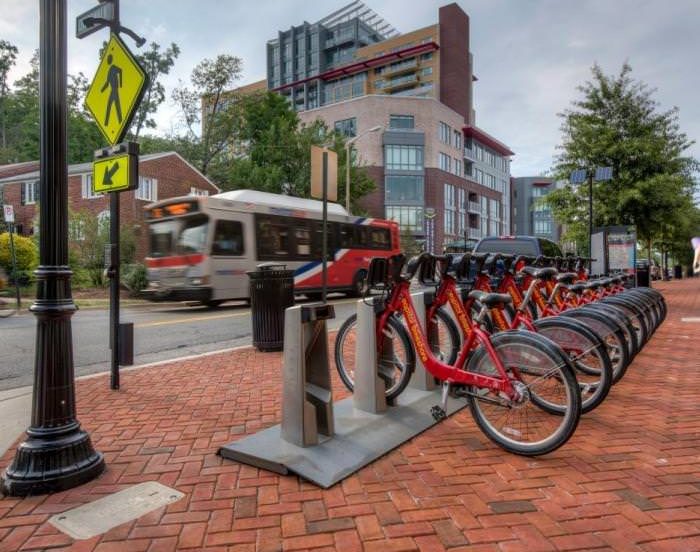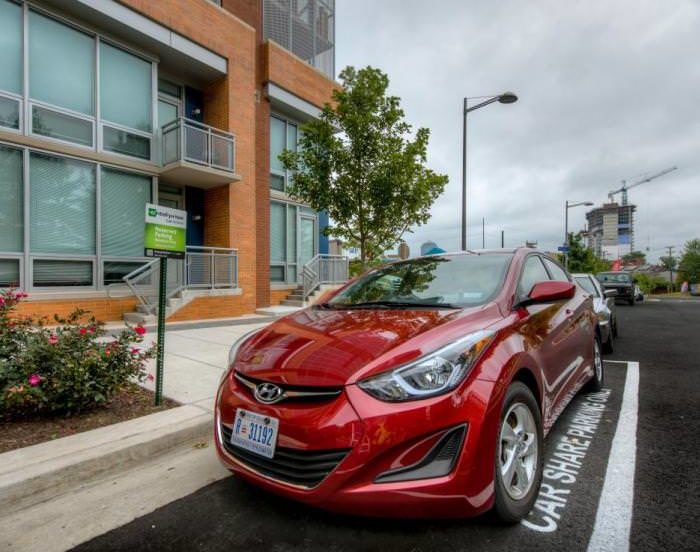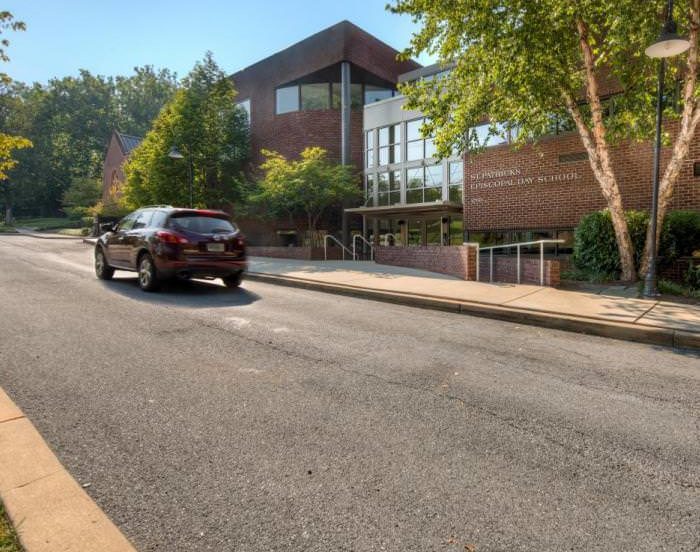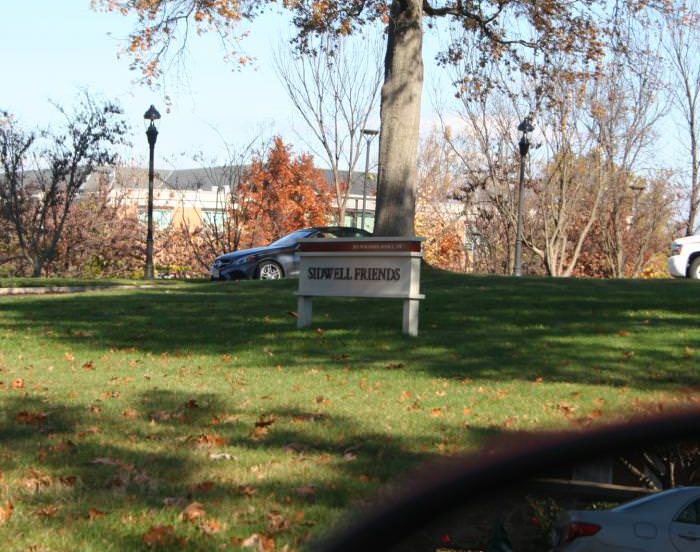Nicholas Kosar
Wells + Associates worked with The Exploris School to develop the first TDM plan for a private development in Raleigh, North Carolina. Our team was tasked with developing a successful TDM program for the school’s proposed development and consolidation efforts.
The Exploris School is a free, independent, public charter school in downtown Raleigh which, for over 20 years, has been committed to experiential learning based on four core pillars: global education, project-based learning, co-teaching, and responsive classroom.
Background: New School Site in Downtown Raleigh
The Exploris School proposed a new site on Kindley Street to consolidate its existing elementary and middle schools into a single campus and support its goals to serve 670 students and employ 80 staff, representing an expansion of approximately 50 percent from its current enrollment of 445 students.
As part of the MOU (memorandum of understanding) approved for the school’s Traffic Impact Analysis (TIA), the City required that a Transportation Demand Management (TDM) Plan be developed with a goal to reduce vehicle traffic, queuing, and single-student drop-offs. This would be accomplished using strategies to inform and encourage commuters and students’ families to bike, walk, carpool, take transit, and use other transportation modes.
The TDM Plan was intended to be implemented as written to reduce vehicle trips by 25% by leveraging available programs and the transportation network in addition to other strategies as detailed within the document. The plan also accounts for monitoring of this goal and additional measures that will be implemented should the goal not be met which aims to improve transportation connections at the site.
“Working with Wells + Associates on our recently approved Traffic Demand Management (TDM) plan was both a joy and an education! Having very little background in crafting strategies and deliverables to show our City that an independent public school can and should work to mitigate traffic and encourage public transit and other alternative forms of getting to and from school, the team at Wells + Associates was the perfect partner to dive deeply into real-world data and how we can apply it to our specific context.
They truly embodied the science and art of what makes a TDM plan both helpful and inspirational to the greater community. I am personally very excited to enact the plan on our new school campus!”
– Josh Corbat, Ph.D., The Exploris School
Development and Delivery of the TDM Plan
Our team collaborated with the school to develop a roadmap based on:
- Analyzing available data provided by The Exploris School
- Reviewing peer schools from around the country and their TDM programs to determine and prioritize impactful measures
- Developing a TDM Plan based on the research to be carried out by Exploris to reduce drive-alone rates and single-student drop-offs
- Coordinating with the City of Raleigh to seek feedback and approval of the TDM Plan
As the first-of-its-kind plan, this required a great deal of coordination with the City of Raleigh and the school’s stakeholders to determine the appropriate mix of programs and strategies, monitoring tactics and frequency, and enforcement protocol. Presentations were given to members of the City’s engineering, development review, and TDM teams and feedback from all parties incorporated to support the plan’s success
Pickup and Drop-off Queue Regulations
The City of Raleigh requires that all school pickup and drop-off queues be maintained within a school’s property, with no spillback occurring onto adjacent roadways. Regulations like this are required by many jurisdictions for a traffic study to be approved, are normally determined by calculators that forecast anticipated queue lengths, and can be difficult to achieve. Fortunately, vehicle queues can be reduced through the development and implementation of robust TDM plans.
Elements of the TDM Plan
The key objectives addressed in the TDM Plan were to:
- reduce vehicle queues and traffic congestion at the school through carpool matching and staggered bell times,
- increase adoption of sustainable and active transportation by members of the school community through tactics such as incentive and transit programs for staff and families,
- increase awareness of and engagement with TDM programs through regular promotions, orientation activities, and special events
- provide convenient on-site facilities for community members to support sustainable commuting, and
- establish effective management and monitoring systems for ongoing improvement.
A TDM Liaison will be determined to support the implementation of the TDM Plan and coordinate with the City and community on transportation-related elements and concerns. The site will evaluate the effectiveness of the TDM strategies implemented on a frequent, ongoing basis through trip counts, queue analysis studies, surveys, and other less formal strategies.
In addition to the long-term plan, a 12-month action plan was outlined to support the development of the TDM program, identifying responsible staff and appropriate timelines.

